
Welding is a crucial process in the manufacturing and construction industries. It involves joining materials together using heat and pressure to create a strong and durable bond. One of the popular welding techniques is stitch welding.
What is Stitch Welding?
Stitch welding, also known as plug welding or skip welding, involves creating a series of intermittent welds along the joint rather than a continuous weld. The welds are spaced apart by small gaps or “stitches.”
Benefits of Stitch Welding
- Reduced Heat Distortion: Stitch welding minimizes the heat-affected zone (HAZ) by providing frequent cooling periods between welds. This helps to prevent warping or distortion of the materials being welded, reducing the need for additional post-welding processes.
- Enhanced Joint Strength: The intermittent welds in stitch welding provide additional durability and strength to the joint. By distributing the stress concentration over multiple points along the seam, the overall structural integrity of the weld is improved.
- Improved Corrosion Resistance: Stitch welding creates smaller weld beads with less total volume compared to continuous welding. This results in less exposure of the base materials to potential corrosive elements. The reduced size of the weld beads also allows for easier application of corrosion-resistant coatings.
- Cost and Time Saving: Stitch welding can save time and cost compared to continuous welding, especially for long seams. Since stitch welding requires fewer welds, it reduces the labor and material costs associated with welding operations. It also shortens the overall welding time by eliminating the need for continuous tracking along the entire seam.
- Mitigation of Distortion-Prone Materials: Some materials, such as thin sheets, are more susceptible to distortion during welding due to their inherent properties. Stitch welding helps to minimize the heat buildup in such materials, reducing the chances of deformation and ensuring the desired product dimensions are maintained.
Applications of Stitch Welding
Stitch welding finds various applications across industries, including:
- Automotive manufacturing – joining car body panels and other components.
- Shipbuilding – welding decks, bulkheads, and superstructures.
- Aerospace industry – fabricating aircraft structures and components.
- Construction – connecting steel beams, braces, and frames.
- General fabrication – creating joints in metal fabrications, furniture, and machinery.
In Conclusion
Stitch welding offers several benefits, including reduced heat distortion, enhanced joint strength, improved corrosion resistance, cost and time savings, and mitigated distortion in certain materials. As a versatile welding technique, stitch welding has found wide application in various industries where strong and reliable welds are required.
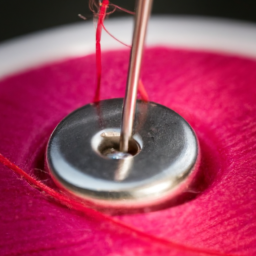
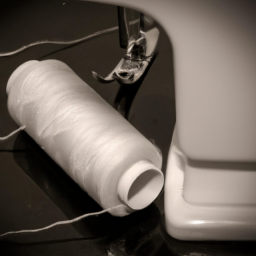
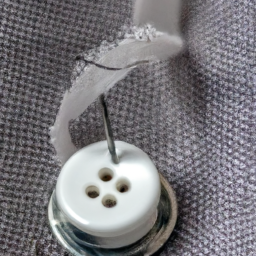
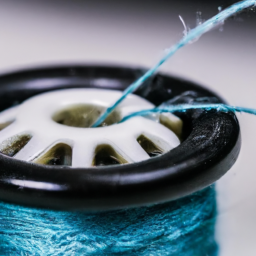
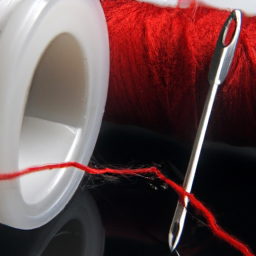
Stitch welding is an amazing process which can help finish your project faster and more efficiently! #stitchwelding #benefits
Trey Hollander: Absolutely! It’s a perfect way to connect metals together and it comes with so many advantages! #satisfiedcustomer #stitchwelding